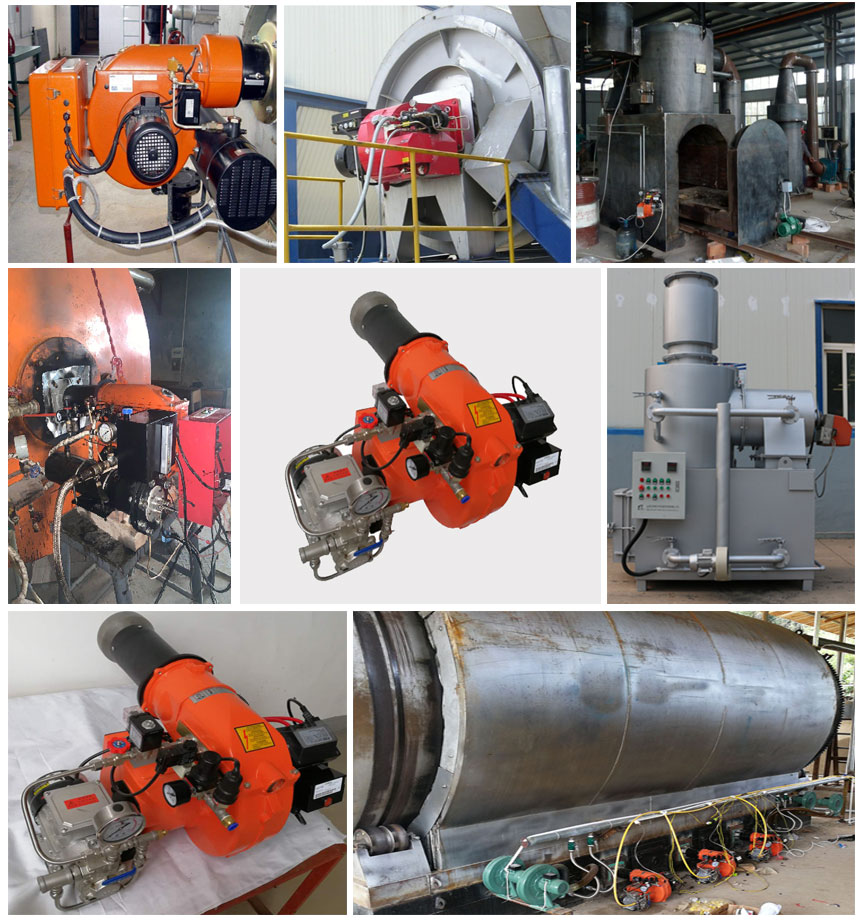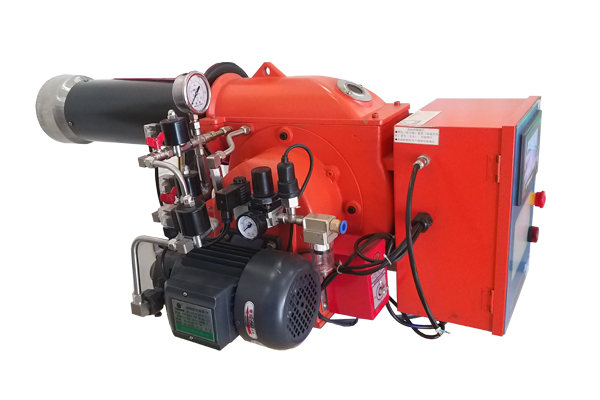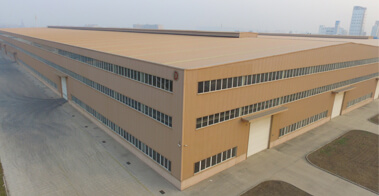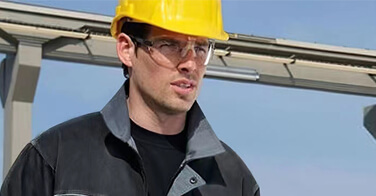The burner we are referring to is usually the one used on boilers and is one of the most important auxiliary equipment for oil and gas fired boilers. Boiler burners are mainly classified into oil burners, gas burners, dual-fuel burners (also known as oil and gas fired burners), and biomass pellet burners.
Classification:
-
Burners can be classified based on their different attributes.
-
Based on the fuel, they are divided into oil burners, gas burners, dual-fuel burners, and biomass pellet burners. Among them, in specific applications, oil burners are further classified into light oil burners (which mainly refer to diesel) and heavy oil burners (which refer to the remaining heavy oil after gasoline and diesel are extracted from crude oil). Gas burners are divided into natural gas burners, city gas burners, etc.
-
Based on the different combustion control methods, burners are classified as single-stage flame burners, two-stage flame burners, mechanical proportional control burners, and electronic proportional control burners.
-
Based on the fuel atomization method, they are classified into mechanical atomization burners and medium atomization burners.
-
Based on structure, they are classified into integral burners and split burners. Split burners are mainly used in industrial production. Their main feature is that the combustion system, gas/oil supply system, and control system are all independently installed. This type of machine is mainly suitable for large equipment or special working environments such as high temperatures.
Structural Characteristics:
As a highly automated electromechanical integrated equipment, the gas/oil fired burner can be divided into five systems based on its functions: air supply system, ignition system, monitoring system, fuel system, and electrical control system. Biomass burners includes combustion chamber, feed system, air supply system, exhaust system, cleaning system and control system.
For Gas/Oil Burner:
-
Air supply system: The air supply system is responsible for delivering air with a certain speed and volume into the combustion chamber. Its main components include the casing, fan motor, fan impeller, air gun combustion tube, air door controller, air door baffle, cam adjustment mechanism, and diffuser plate.
-
Ignition system: The ignition system is responsible for igniting the mixture of air and fuel. Its main components include the ignition transformer, ignition electrode, and high-voltage ignition cable. The length, cone angle, and shape of the flame can be designed according to user requirements.
-
Monitoring system: The monitoring system is responsible for ensuring the safe and stable operation of the burner. Its main components include flame monitors, pressure monitors, temperature monitors, etc.
-
Fuel system: The fuel system is responsible for ensuring the fuel needed for the burner to burn. The fuel system of an oil burner mainly includes oil pipes and joints, oil pumps, solenoid valves, nozzles, heavy oil preheaters, etc. The fuel system of a gas burner mainly includes filters, regulators, solenoid valves, ignition solenoid valves, gas butterfly valves, etc.
-
Electrical control system: The electrical control system is the command and contact center of the above systems. The main control element is the program controller, and different burners are equipped with different program controllers. Common program controllers include the LFL series, LAL series, LOA series, and LGB series, which differ mainly in the duration of each program step.
For Biomass Burner:
-
Combustion chamber: the area where biomass fuel is burned.
-
Feed system: transports biomass fuel from storage to the combustion chamber.
-
Air supply system: provides the necessary oxygen to support the combustion process.
-
Exhaust system: equipment used to discharge combustion waste gas and ash.
-
Control system: monitors and controls the combustion process to ensure safe and efficient operation.
-
Cleaning system: used to clean and maintain the combustion system for long-term stable performance.








